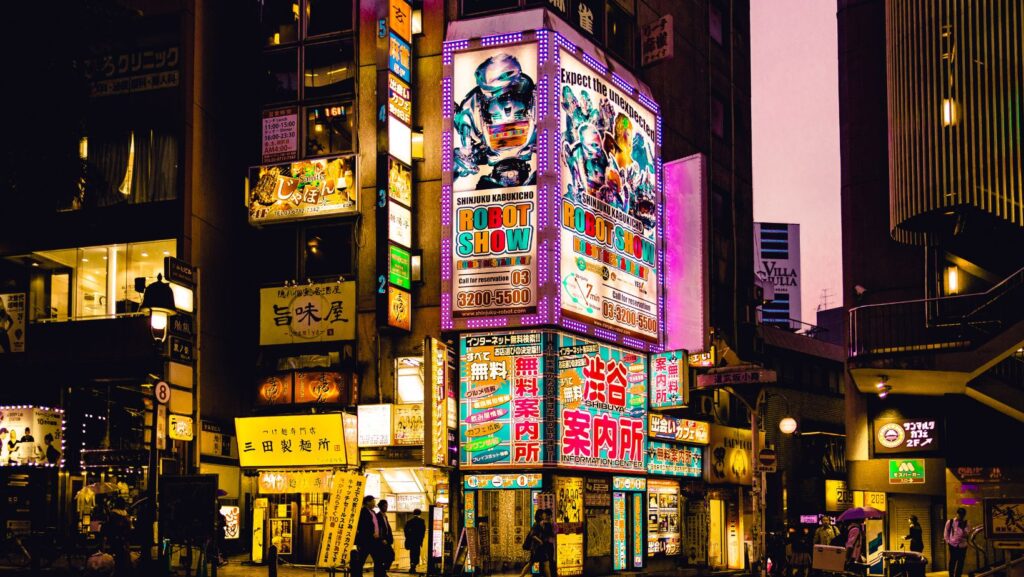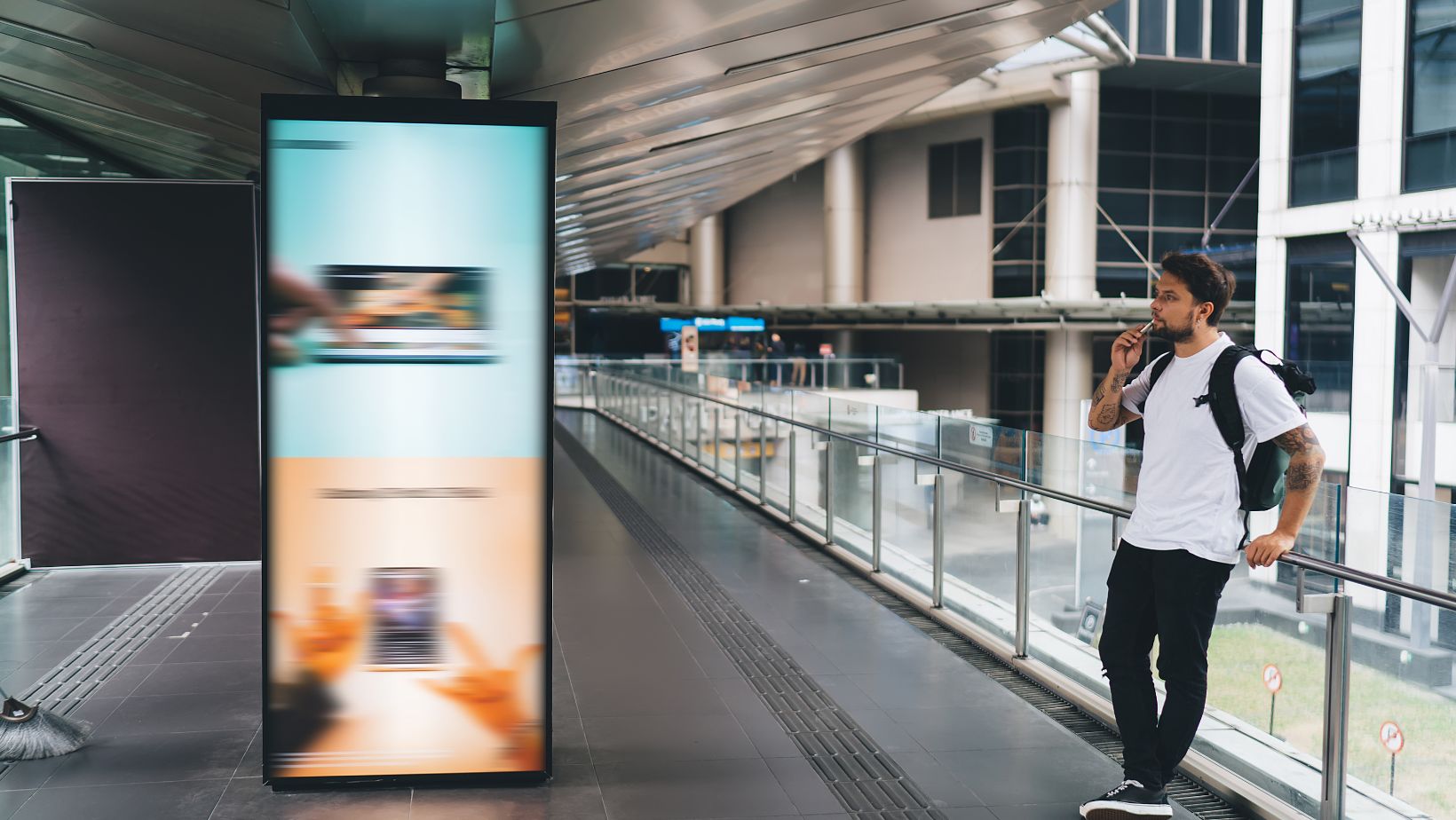
In the bustling environment of modern retail, it’s essential to capture attention quickly and effectively. With so many distractions vying for a customer’s gaze, standing out is more crucial than ever. This is where LED lightboxes come into play, providing an eye-catching solution that can transform a simple display into a compelling visual statement.
LED lightboxes are not just a trend; they’re an evolution in advertising technology. Their vibrant colours, brightness, and ability to display dynamic content make them an irresistible choice for brands looking to make a mark. According to recent data, approximately 70% of consumers recall a specific message they saw on an LED display, underscoring the effectiveness of lighting in garnering attention.
The Psychology Behind Bright Lights
It’s interesting to explore the psychology behind our attraction to bright lights. Human beings are naturally drawn to light sources—it’s a reflex that dates back to our earliest ancestors, when light meant safety and visibility. This instinct hasn’t faded; the modern shopper is still subconsciously influenced by brightness.
In retail settings, bright, illuminated displays can trigger positive emotions and spark curiosity. A study by the University of California revealed that illuminated signs are more likely to attract passersby, making the interplay between light and consumer psychology a crucial consideration for retailers.
But it isn’t just about having light; it’s about the right type of light. Bright, well-distributed illumination enhances the visual appeal of a product, accentuating colours and details that resonate with shoppers’ emotions. This is particularly important in industries where aesthetics are paramount, such as beauty, fashion, and luxury goods.
The Versatility of LED Lightboxes
One of the staggering benefits of LED lightboxes is their incredible versatility. Retailers can use them in various forms and settings, including:
• Window Displays: Capture the attention of foot traffic with illuminated displays that beckon shoppers inside.
• In-Store Signage: Direct customers to different sections or highlight promotional offers that encourage impulse purchases.
• Event Marketing: Stand out at trade shows or exhibitions with custom lightboxes that convey brand messages effectively.
Moreover, advancements in technology mean that these displays are now available in multiple sizes, shapes, and configurations. They can be customised to fit the specific branding and messaging needs of a business, affording companies an opportunity to communicate in a unique way.
For retailers, the importance of using effective and eye-catching displays can’t be overstated. As noted by Display Wizard, incorporating “backlit signage for retail promotions” into your strategy can lead to heightened awareness and increased sales.
Environmental Considerations
Beyond the aesthetic and psychological impacts, there’s a growing emphasis on sustainability in advertising. Traditional fluorescent lighting not only requires more energy but also has a shorter lifespan compared to LED technology. One of the advantages of using LED lightboxes is their energy efficiency—they consume significantly less power and can last for up to 25,000 hours.

Switching to LED displays can contribute to a brand’s sustainability profile, appealing to environmentally conscious consumers. Retailers can promote their innovations in energy efficiency while simultaneously reducing operational costs. As customers become more discerning about the brands they support, this transition can boost loyalty and brand perception.
The Economic Benefits
Investing in LED lightboxes may seem like a hefty expenditure initially, but the long-term benefits far outweigh the costs. LED displays typically have lower operational costs due to their energy efficiency, and selling times can significantly increase because of their effectiveness in drawing customers in.
Consider the scenario of a flagship store featuring a dynamic LED display advertising a limited-time offer. The immediate increase in foot traffic and sales can pay for the display multiple times over within a short period. Furthermore, these displays often have lower maintenance costs compared to traditional signage, making them a financially sensible choice.
The Future of Retail Advertising
As retailers continue to explore the possibilities of lighting technology, the future looks bright—literally. Emerging trends point towards the integration of smart technologies, allowing lightboxes to be controlled remotely and to display real-time information tailored to the target audience. Imagine an LED display that adjusts its content based on the time of day or current weather conditions—this level of responsiveness can profoundly impact customer engagement.
Additionally, the integration of augmented reality (AR) with LED displays offers extraordinary opportunities for enhancing the shopping experience. Customers can interact with displays using their smartphones, making purchasing decisions more informed and engaging.
Conclusion
In an age where competition is fierce and consumer attention spans are short, leveraging LED lightboxes can be a game changer for retailers. Harnessing the power of illumination to attract and engage customers is not just a marketing trend; it’s an essential strategy in the modern retail landscape. From economical benefits to environmental considerations, the case for LED lightboxes is compelling.
As brands continue to innovate and embrace technological advancements, those that incorporate effective visual strategies will undoubtedly see the rewards. By integrating eye-catching signage into your marketing plan, you’re not merely creating a retail space; you’re crafting an experience that customers won’t forget.












